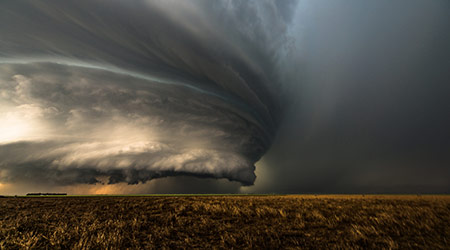These four steps are key for effective emergency preparedness plans, according to an article from Building Operating Management on the FacilitiesNet website.
1. Communicate early and often. Set up an email list or newsletter, and in the case of an approaching weather event, update as the weather nears. The rumor mill getting out of hand is one of the worst things that can happen during a big event.
2. Contact local law enforcement and invite them to get them familiar with the layout and show them spaces that might make for good command posts if something happens.
3. Make sure your risk assessment and scenario planning are up to date and accurate. Also, experts suggest having alternate evacuation plans, if, for instance, the traditional muster spot is occupied with media tents, or something similar.
4. Have plans in place for business continuity if the worst comes to fruition. Hire a disaster recovery firm. Make it a goal to evacuate all non-essential personnel, but if that’s not possible, make sure to have plenty of food, toiletries, and sleeping arrangements in the building.

 How Efficiency Checklists Help Hospitals Save Energy, Water and Money
How Efficiency Checklists Help Hospitals Save Energy, Water and Money Designing with Heart: Seen Health Center Blends Cultural Warmth and Clinical Care
Designing with Heart: Seen Health Center Blends Cultural Warmth and Clinical Care Rutgers Health and University Hospital Breaks Ground on Campus Expansion
Rutgers Health and University Hospital Breaks Ground on Campus Expansion What to Consider When Modernizing Healthcare Facilities
What to Consider When Modernizing Healthcare Facilities Corewell Health Beaumont Troy Hospital to Build New Tower
Corewell Health Beaumont Troy Hospital to Build New Tower